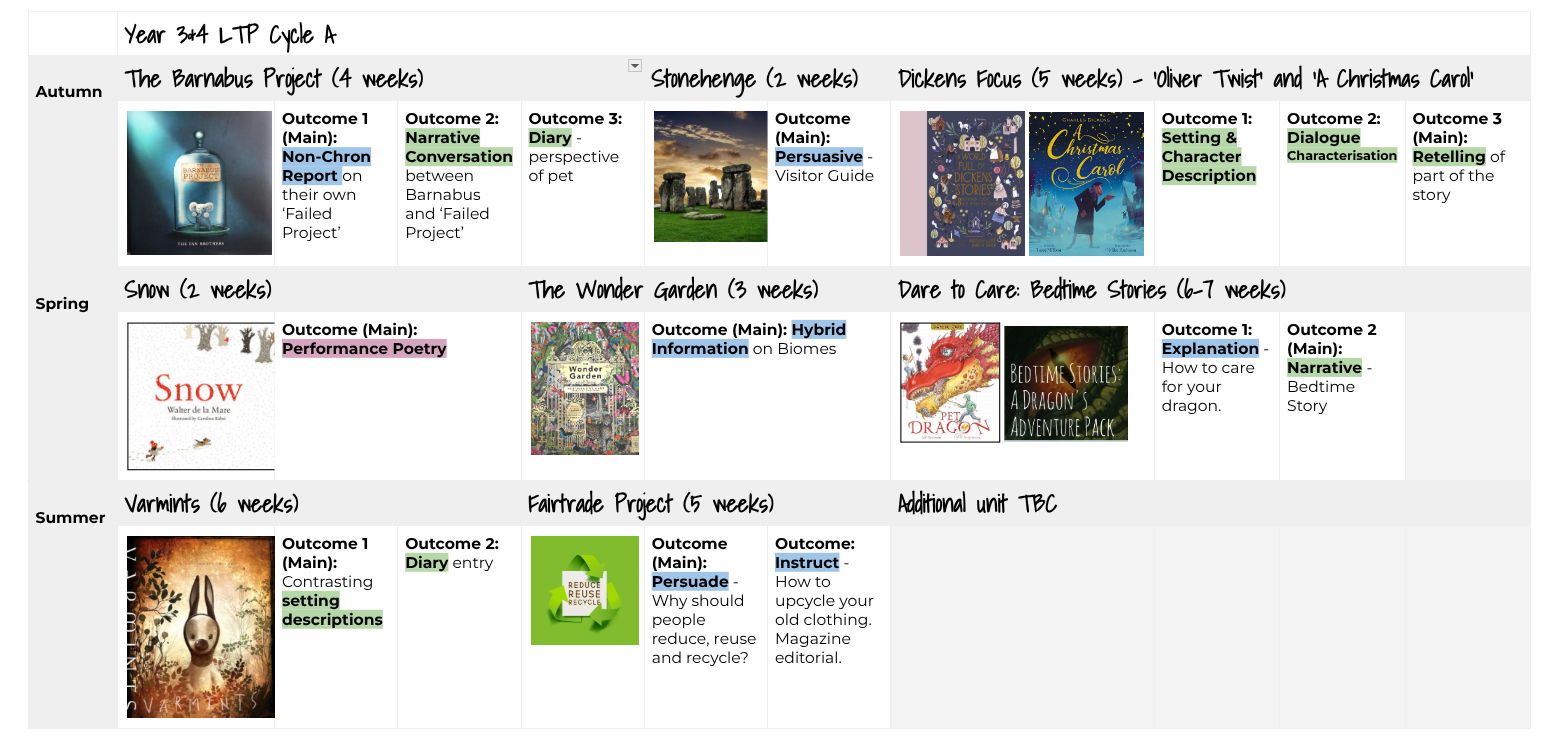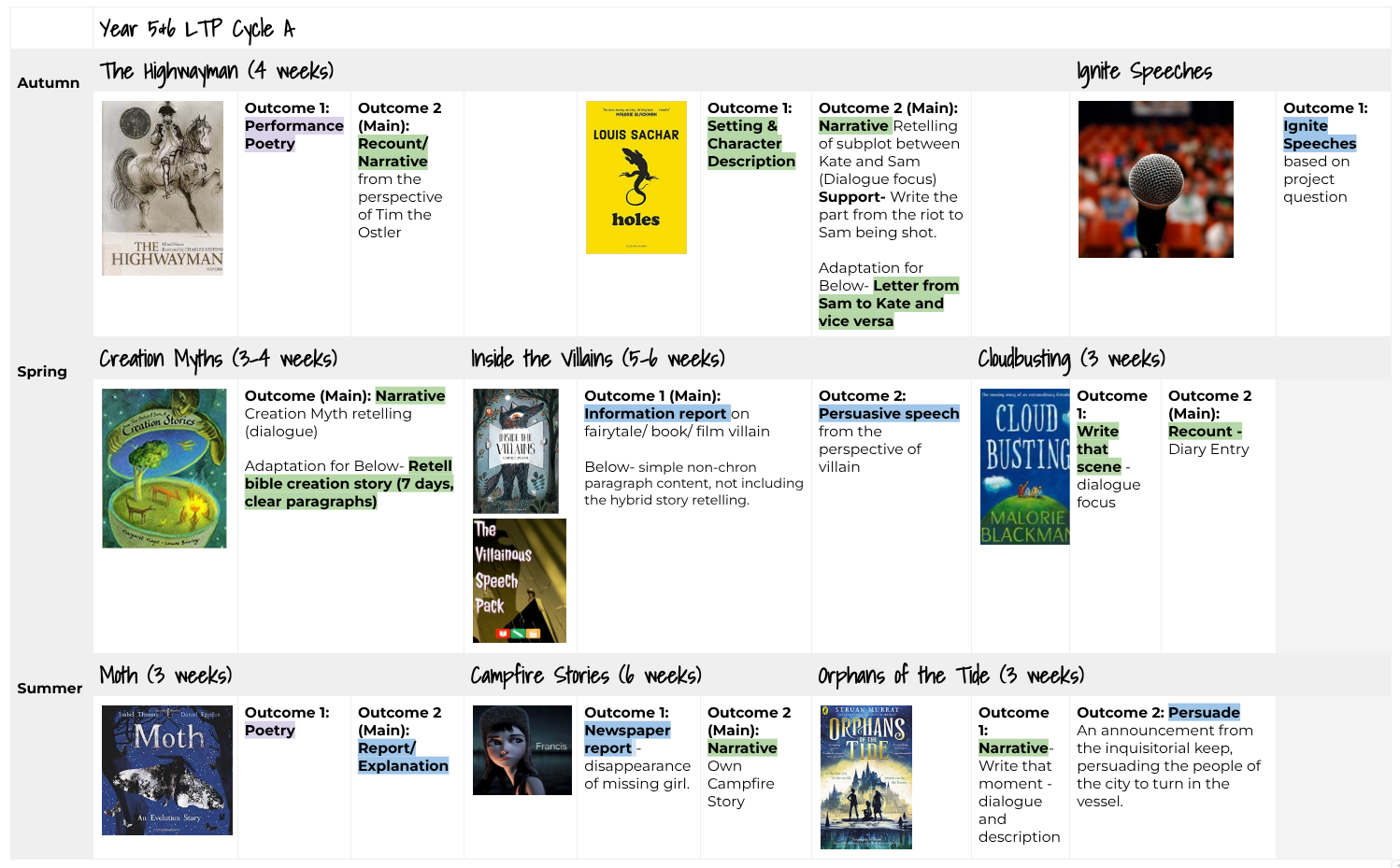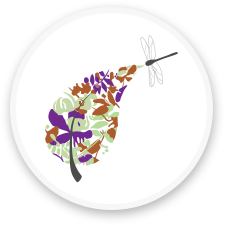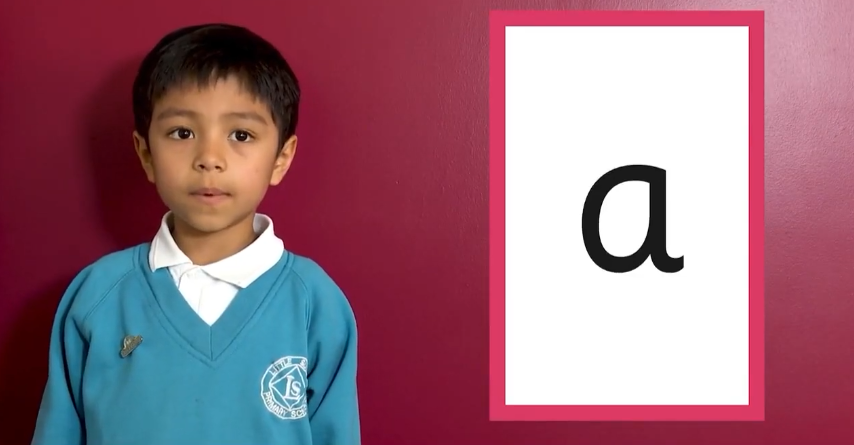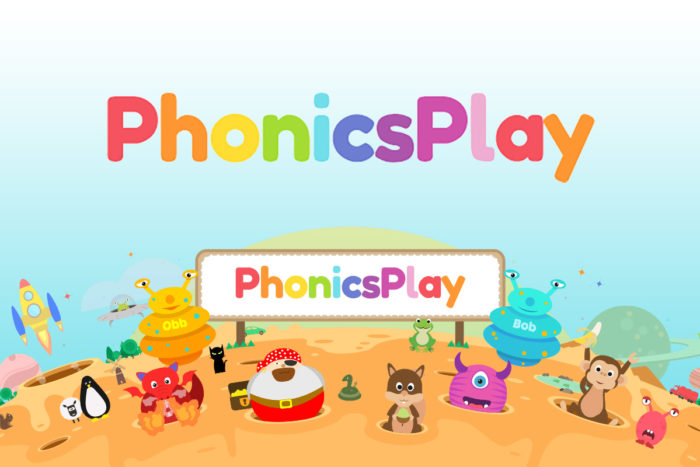Writing
You can make anything by writing.
- C S Lewis
Our Vision
Our learners will draw from the best literature, creating purposeful written and spoken responses with a confident command of our rich language, in a culture that celebrates a love of reading widely and for pleasure.
Subject Leader: Mrs Bex Shields
Intent
Our aim at Forest Edge is that children enjoy writing; that they can confidently choose the language and composition needed to ensure they are able to express themselves. The acquisition of rich vocabulary is extended through exploring the writing of others and discussing the impact of language on the reader.
Implementation: Text-Rich Learning Journeys
Our writing is inspired by reading quality texts, where children have the opportunity to discuss in depth the authors' choices - leaving them inspired to use these in their own writing. At the end of each unit, children have the opportunity to edit and publish their finished version of their work. This may include displaying their writing around the school, or inviting parents to listen to them reading their own writing aloud at events such as our campfire and bedtime stories evenings.
Implementation: Spelling
From the beginning of Reception, children across our federation follow the Little Wandle scheme for teaching phonics, which gives them the best start in skills development for both reading and writing. Children are assessed regularly and any children falling behind are given extra support to help them keep up with their peers.
After completing the Little Wandle scheme, children continue to develop their understanding of spelling using the Spelling Shed scheme and online programme. Spelling Shed teaches spelling through exploring etymology (the origins of words, which can lead to certain patterns of spelling), orthography (how patterns of letters are used to make certain spoken sounds in a language) and morphology (how words are structured into subcomponents to give meaning). Lessons are taught in school, and spelling lists are provided via the online platform each week to practise at home.
Implementation: Handwriting
From the start of a child's writing journey with us, Teach Handwriting ensures the transcription of writing is taught explicitly with the view to automaticity. The scheme takes the position of the whole body into account and ensures children are comfortable before beginning any type of writing. Indeed, before a pen or pencil is even picked up, posture and position is taught and explored with the children. Acknowledging core strength, and the varying positions needed, helps to build the foundation the children need to be able to write fluently at a later stage.
Children begin by learning how to form individual printed letters.

When they are ready, children are taught the lead in and out strokes needed for cursive handwriting.
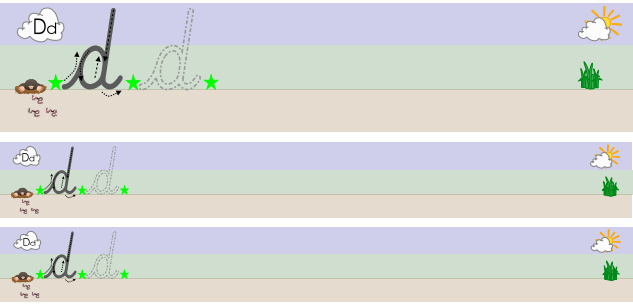
When they are able to correctly form each individual letter, children are taught how to join them together in their writing. The National Curriculum requires all children to have joined and legible handwriting by the end of KS2. Cursive handwriting can support children's stamina and speed in writing once they have learnt this skill.

Impact
Our children will have a clear enjoyment of writing. They will be proficient in generating and creating their own ideas, and be able to clearly communicate this in a written form. They will be able to suggest changes to edit and improve their own and others' writing, and be ready for the challenges of secondary school. They will be proud of the writing they produce.
Teachers regularly assess and offer feedback to children on their writing to help them improve. Children's writing is assessed by their class teacher, and moderated alongside work from the other schools in the federation to ensure our judgements are accurate.
Long Term Plan

